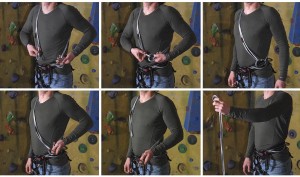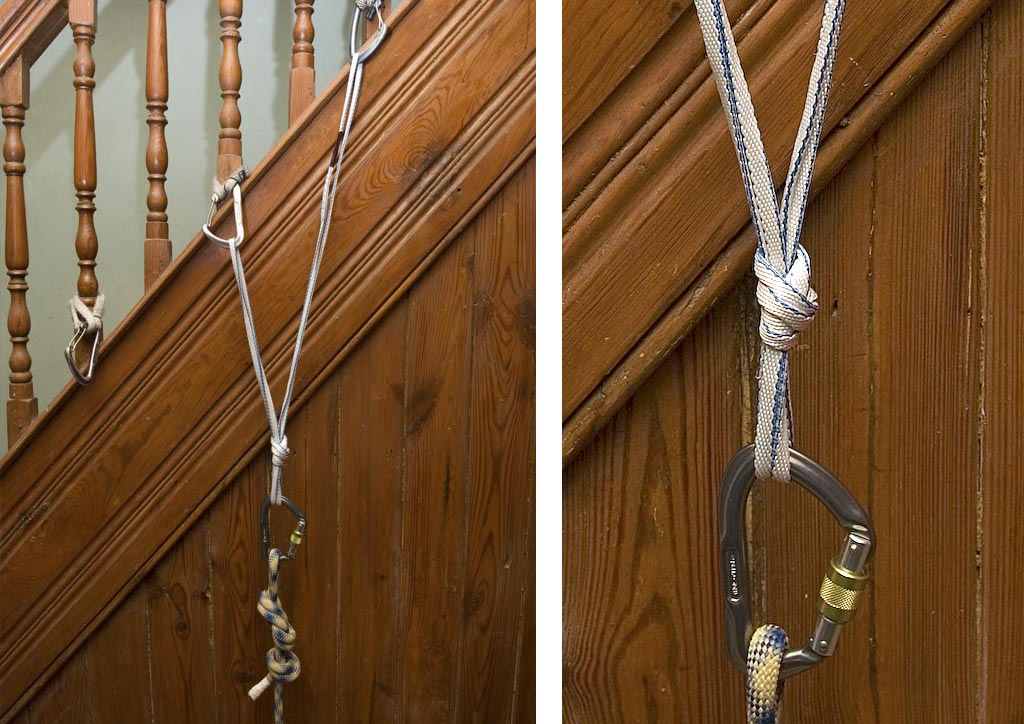Climbing slings are a stable protection in climbing they can be be used to attach the climber to spikes, trees and threads. They can also be used to equalise multiple anchor points to a single point.

Slings generally come in a variety of sizes the most common are 120cm, 240cm and 480cm. This is the total length of the sling that is sew together. The other option you have is whether the thickness of the sling which is often governed by what it is made of.
Thicker climbing slings are more often 100% nylon, they are usually coloured, as Nylon can be dyed. Thinner slings are a mix of nylon and dyneema. Dyneema is much stronger than Nylon so less material makes it as strong. Dyneema cannot be dyed so is the white material in slings.
Whilst light and thinner the disadvantage of dyneema slings is that they are more prone to wear and dyneema has a low melting point. This low melting point has cause some slings to unexpectedly break in dynamic falls if there is a knot tied in the sling. If you are not tying knots in the sling or if the force on the sling is going to be more static than dynamic then dyneema slings are OK. (see the DMM video below.) Nylon slings also stretch further making them less likely to have the extreme impact forces that you get with dyneema climbing slings.

